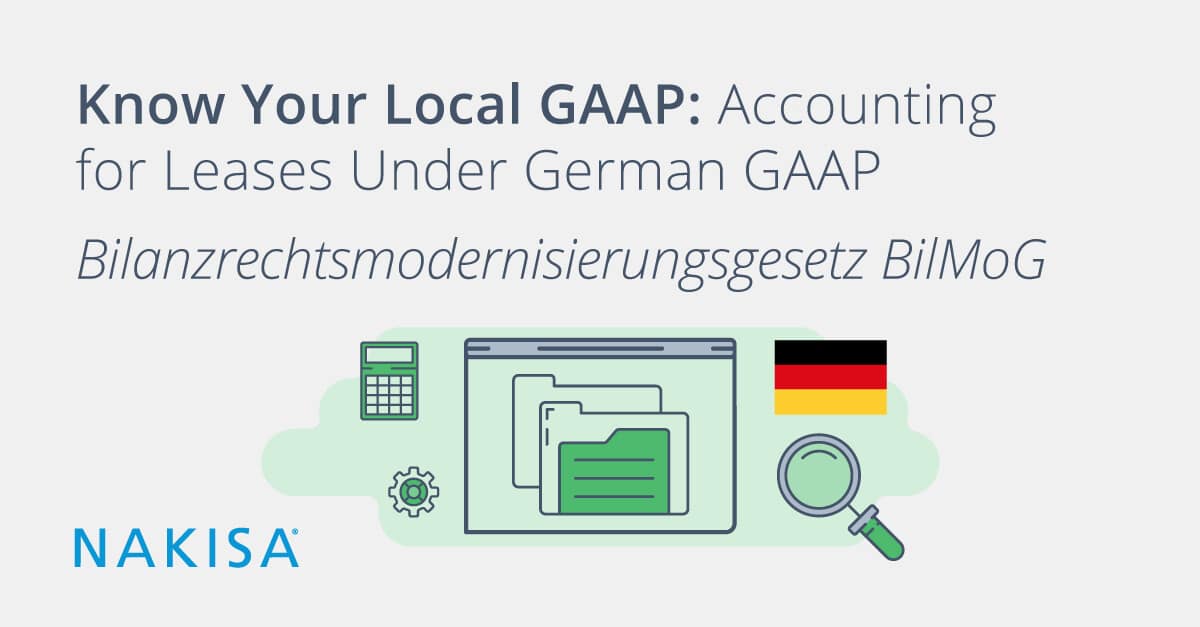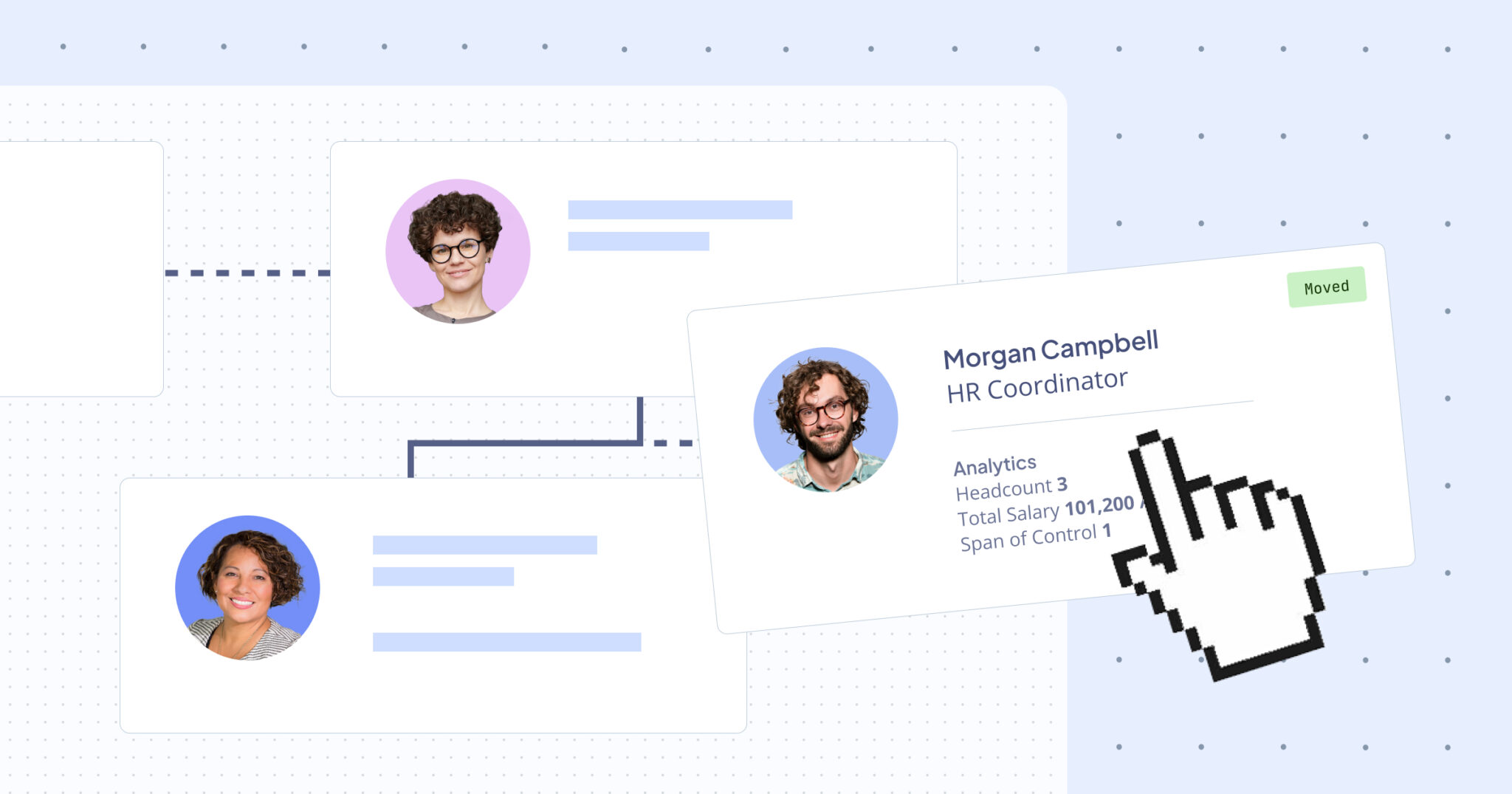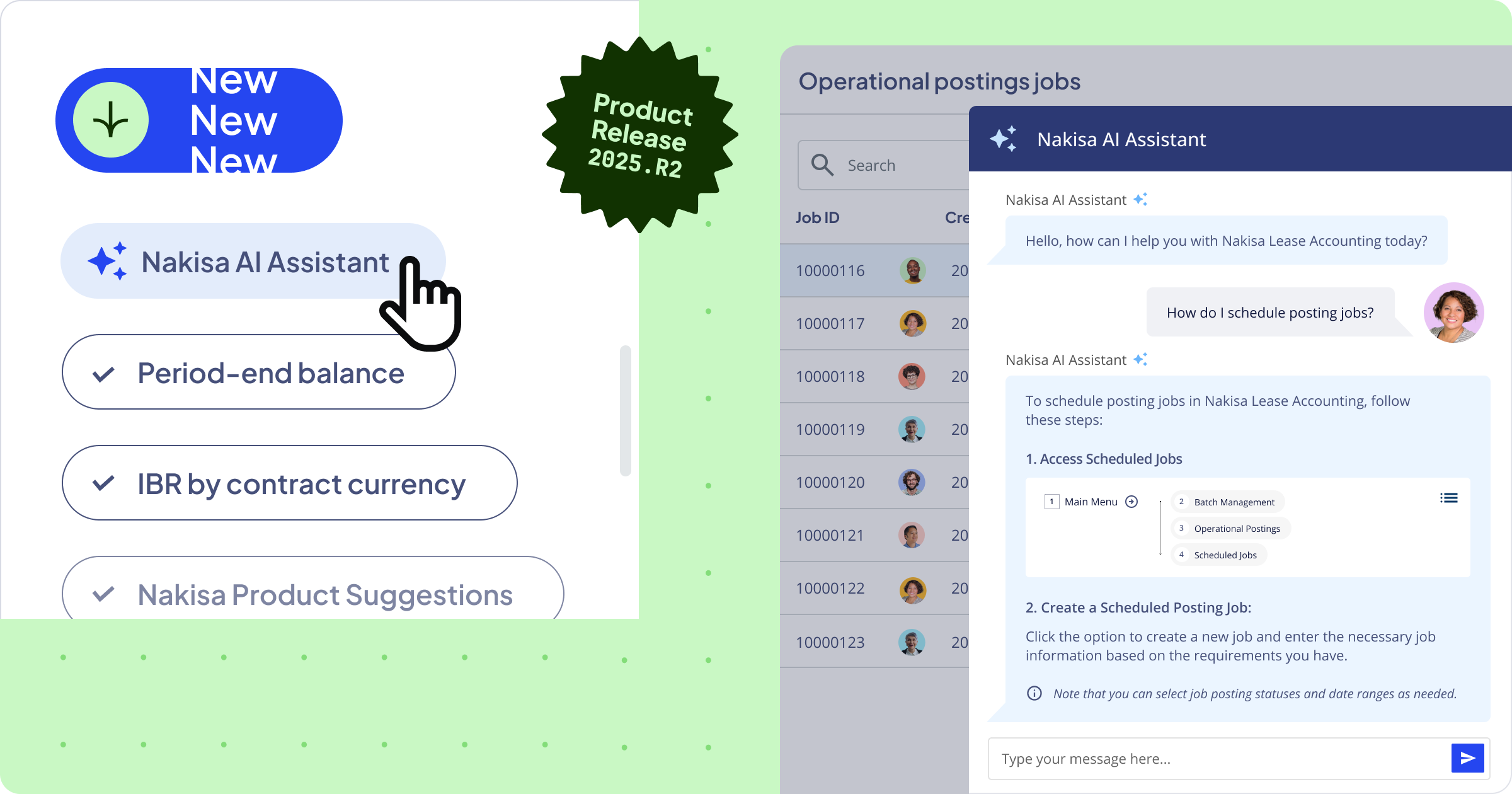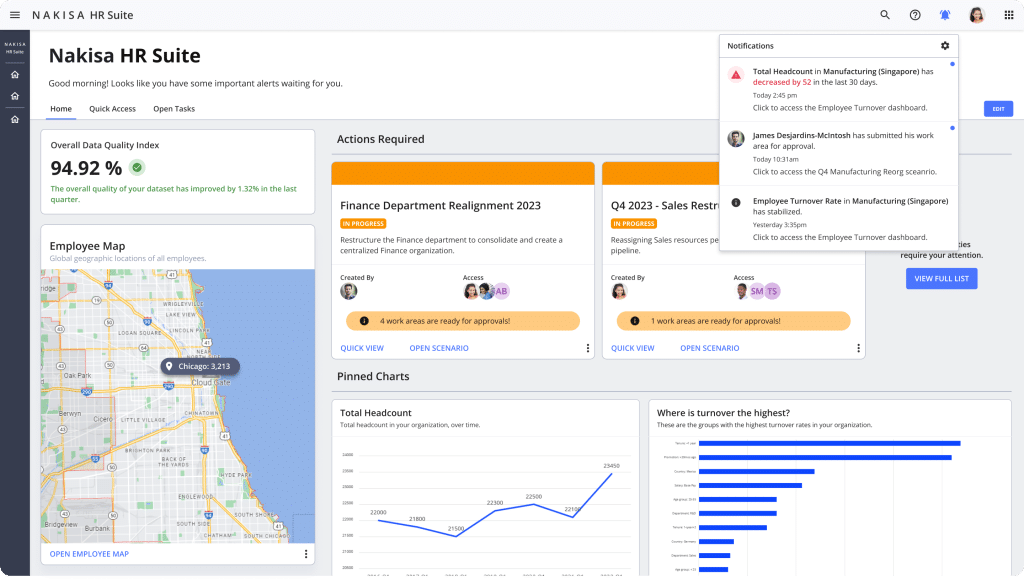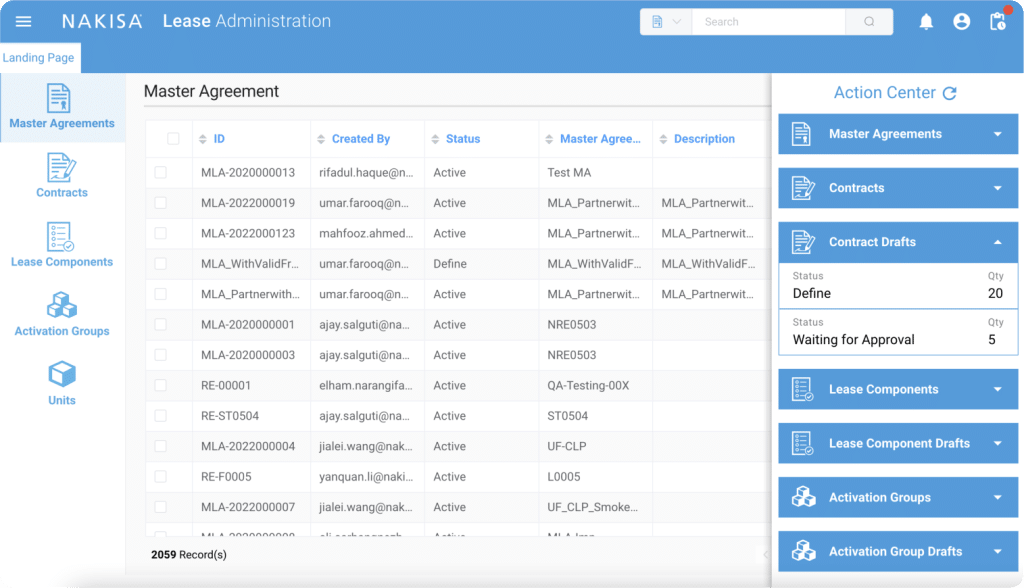Overall, lease accounting under German GAAP according to “Handelsgesetzbuch HGB” is fairly similar to lease accounting under IAS 17 (prior to the introduction of IFRS 16).
Under German GAAP, the beneficial ownership of leased assets determines the type of lease in question. In this case, the beneficial owner is the one bearing most of the risks and rewards connected with the use of the asset. Lease accounting rules follow the principles of the Federal Ministry of Finance decree, which stipulates that the lessee is considered to be a beneficial owner of the leased asset (finance lease) according to the terms outlined below.
- Under a full-payout lease (“Vollamortisationsleasing”) of moveable property and buildings:
- The lease term is in the range of 40 percent to 90 percent of the expected useful life of the asset.
- The lessee has a purchase option and the carrying amount or the market value exceeds the purchase price.
- The lessee has the ability to prolong the lease beyond the original lease term at a rental fee lower than the market one (for buildings that means 75 percent or lower than market rent).
- The leased asset is of such a specialized nature that only the lessee can use it without major modification.
- Under a full-payout lease of property:
- Only if there is a purchase option and the lessee is a beneficial owner of the related building.
- Under a partial-payout lease (“Teilamortisationsleasing”) of moveable property:
- The lease term is more than 90 percent of the expected useful life of the asset.
- Otherwise, the beneficial ownership is dependent upon the chances and risks of the recovery of the leased asset.
- Under a partial-payout lease of buildings and property:
- The lease term is more than 90 percent of the expected useful life of the asset.
- The lease contract includes a purchase option or a prolongation clause for the original lease term and if the purchase price is lower than the carrying amount or if the subsequent rental fee is lower than 75 percent of the one for a similar property.
- The lessee takes over certain typical risks of an owner.
Lessee Accounting
When risks and rewards belong to the lessee, finance leases are recorded as an asset with a corresponding obligation for future rental payments (valued at discounted present value). The asset is depreciated over its useful life. Rental payments are split into principal and interest portions.
With regards to risks related to the asset born by the lessor (operating lease), the rental expense is recognized on a straight-line basis over the lease term.
German GAAP does not outline specific accounting guidance for lease modifications.
Lessor Accounting
In cases of finance lease arrangements, German GAAP requires the lessor to record the amount due from a lessee to be recognized as a lease receivable equal to the amount of the net investment in the lease. Such a receivable contains only those rentals that the lessee is required to pay to the lessor including any guaranteed and unguaranteed residual value.
Lease payments are split into principal and interest portions.
If an asset is leased out following an operating lease agreement the lessor continues to recognize an item of PPE and keeps depreciating it over its useful life. Rental income is generally recognized on a straight-line basis over the lease term.
There is no specific accounting guidance for lease modifications.
If you have any questions about the latest lease accounting standards, including German GAAP, please contact us. Did you know that Nakisa offers an enterprise-grade lease accounting solution to manage the full lease lifecycle for 100K+ contracts while ensuring parallel compliance with IFRS 16, ASC 842, and local GAAP? Learn more about Nakisa’s lease accounting software here or request a demo to experience its capabilities firsthand.
